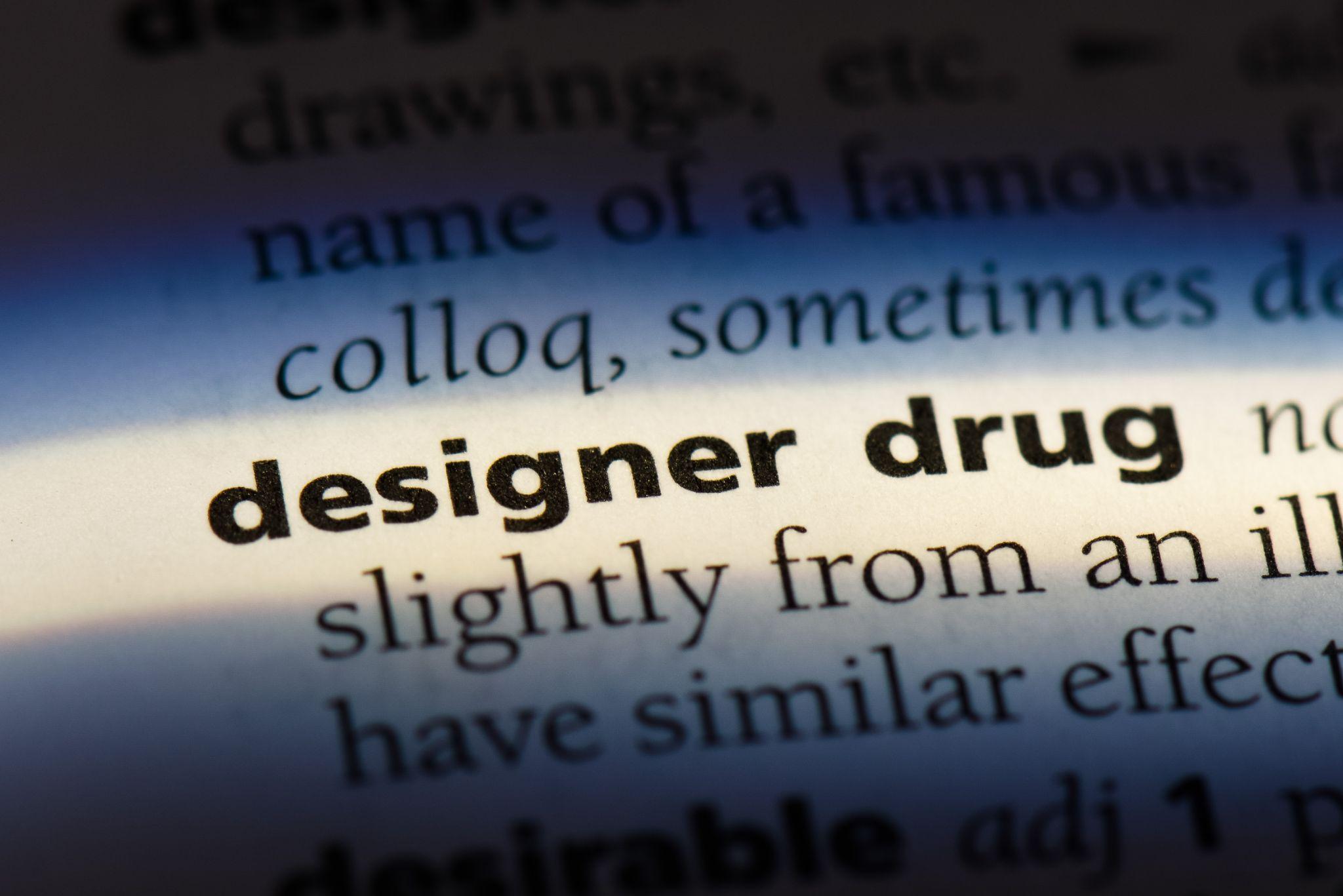
In the world of substance use, a term that commonly emerges in discussions about drug abuse and addiction recovery is “designer drugs.” This term, often shrouded in mystery and misconception, represents a significant and growing concern in the realm of public health.
What exactly are designer drugs, and why do they warrant our attention and understanding? Below, we’ll delve into the world of designer drugs, unraveling their characteristics, risks, and the impact they have on individuals and society.
What Are Designer Drugs?
In the realm of substance abuse and recovery, the emergence of designer drugs has introduced a new level of complexity and risk.
Designer drugs are synthetic substances engineered to imitate the effects of traditional drugs, but they differ significantly in composition, potency, and impact.
The primary motivation behind the creation of designer drugs is to bypass existing illegal drug laws, often leading to variations that are technically legal, at least until legislation catches up.
The development of designer drugs involves altering the molecular structure of well-known drugs to create new substances. This chemical manipulation not only skirts around legal restrictions but also often leads to an increase in potency and unpredictability of effects. The lack of regulation and quality control in their production means these drugs can vary greatly in strength and composition, even from batch to batch, leading to dangerous and sometimes lethal consequences for users.
Most Common Designer Drugs
A variety of designer drugs have found their way into the United States market. These are the most common:
- Bath Salts: Powerful synthetic stimulants, often with effects more intense than traditional stimulants.
- Spice/K2: Synthetic cannabinoids, or synthetic marijuana, unpredictable and potentially more harmful than natural cannabis.
- Kratom: Marketed as a natural opioid alternative, with stimulant-like effects and potential for abuse.
- Phenibut: A nootropic with anti-anxiety properties, initially developed for space travel, now used recreationally.
The History of Designer Drugs
The saga of designer drugs began in the 1980s, marked by the synthesis of substances like MDMA to circumvent drug laws. This era witnessed a significant shift in drug culture, fueled by underground chemists and the growing rave scene. As these synthetic substances grew in popularity, governments worldwide scrambled to update legal guidelines, often lagging behind the rapidly evolving drug synthesis.
The invention of the internet further increased the accessibility and distribution of these drugs, posing new challenges for public health professionals. The history of designer drugs is a complex interplay of action and reaction between drug synthesis, legislation, and public health concerns.
The Effects of Designer Drugs

With their altered chemical structures, can produce a range of effects, often unpredictable and potentially more severe than the drugs they are designed to mimic. The synthetic nature of these substances means that even small changes in their chemical composition can lead to significant differences in how they affect the body and mind.
Physical and Psychological Effects
The physical effects of designer drugs can include elevated heart rate, increased blood pressure, nausea, and, in extreme cases, seizures or heart failure. Psychologically, these drugs can induce anxiety, paranoia, hallucinations, and, in some instances, long-lasting psychological trauma. The intensity and duration of these effects can vary widely, depending on the specific drug and its potency.
Risk of Overdose
One of the most concerning aspects of designer drugs is the heightened risk of overdose.
Because these substances are often more potent than their traditional counterparts, and because their composition can vary so widely, it is difficult for users to gauge a safe dosage.
This unpredictability, combined with a lack of understanding about the drug’s strength and effects, significantly increases the risk of accidental overdose.
Long-Term Consequences
The long-term side effects of designer drug use are still largely unknown, due to the relative newness of these substances. However, there is growing evidence to suggest that prolonged use can lead to serious health complications, addiction, and lasting psychological issues.
The Dangers of Designer Drugs
Designer drugs pose significant risks due to their unregulated production, leading to unpredictable potency and effects. The lack of controlled manufacturing results in substances that vary in strength, increasing the risk of overdose. Moreover, the absence of long-term research on these synthetic drugs leaves their health impacts largely unknown, presenting a challenge to both users and healthcare professionals. Legal risks also abound, as legislation is rapidly evolving to address these new substances.
Collectively, these factors make designer drugs a considerable public health concern, burdening healthcare systems and complicating efforts in drug abuse prevention and treatment.
Treatment and Support for Designer Drug Use
Treating and supporting individuals with designer drug addiction involves several key steps:
- Detoxification: Safely manage withdrawal under medical supervision, possibly with medication to ease symptoms.
- Counseling and Therapy: Utilize approaches like Cognitive Behavioral Therapy (CBT) and Dialectical Behavior Therapy (DBT) to address psychological aspects and underlying causes of addiction.
- Support Groups: Participate in groups like Narcotics Anonymous for peer support and community.
- Ongoing Support and Aftercare: Engage in continued therapy, support group meetings, and lifestyle changes to maintain recovery and prevent relapse.
Embracing Healing and Hope at Adelante
In navigating the complex challenges posed by designer drugs, understanding and support are key. Adelante Recovery Centers offers specialized programs tailored to the unique needs of those grappling with addiction to these substances.
Our inpatient residential rehabilitation program provides a safe and structured environment for recovery, focusing on holistic health and well-being. Additionally, our dual diagnosis program addresses co-occurring mental health conditions, recognizing the intricate link between mental health and addiction.
With professional care, a supportive community, and comprehensive treatment plans, recovery is not just a goal—it’s a journey we embark on together. Contact us today.

